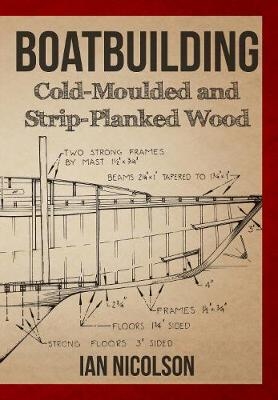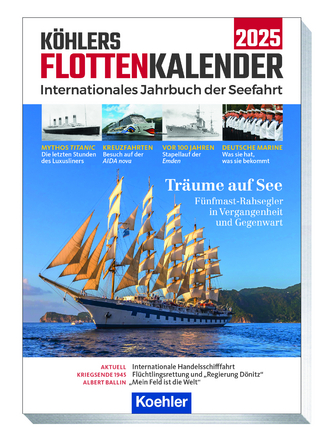
Boatbuilding
Cold-moulded and Strip-Planked Wood
Seiten
2016
Amberley Publishing (Verlag)
978-1-4456-5166-8 (ISBN)
Amberley Publishing (Verlag)
978-1-4456-5166-8 (ISBN)
- Titel z.Zt. nicht lieferbar
- Versandkostenfrei
- Auch auf Rechnung
- Artikel merken
Cold-moulded wood boatbuilding predates fibreglass and has been used successfully for sailing dinghies, offshore racing yachts, fast multihulls and powerboats, and even rowing shells. It involves bonding together layers of wood veneers or thin planks to make a strong, lightweight and watertight hull. Modern glues, particularly epoxy resins, gave cold-moulding a boost and improved both its strength for weight and longevity. Strip-planking is a related technique using narrow strips of wood, and it too has been improved by modern adhesives. The two forms of building can also be combined.
Both of these techniques have been used in some excellent boats, by both professionals and amateurs. They are particularly suited to one-off or short series production, and allow the moulds to be dismantled and even modified for later use. Cost and time factors are attractive, and even for amateurs without a high degree of woodworking skill good results are quite feasible.
This book is a practical guide to both methods, starting from the design requirements, necessary tools and working conditions, and choice of timber through step-by-step construction and repair. Ian Nicolson’s many drawings illustrate the process and provide examples of a variety of successfully built boats.
Both of these techniques have been used in some excellent boats, by both professionals and amateurs. They are particularly suited to one-off or short series production, and allow the moulds to be dismantled and even modified for later use. Cost and time factors are attractive, and even for amateurs without a high degree of woodworking skill good results are quite feasible.
This book is a practical guide to both methods, starting from the design requirements, necessary tools and working conditions, and choice of timber through step-by-step construction and repair. Ian Nicolson’s many drawings illustrate the process and provide examples of a variety of successfully built boats.
Ian Nicolson joined Alfred Mylne the Second as a full design partner at the age of 31. These two very different personalities worked together for 20 years to produce a variety of craft. At the same time, Nicolson set up a boat survey organisation which became the most successful in Scotland, so that he went all over the world doing surveys. Ian has had 23 books published and many hundreds of technical articles. He has had his own magazine column since 1955.
| Erscheinungsdatum | 29.02.2016 |
|---|---|
| Zusatzinfo | 144 Illustrations |
| Verlagsort | Chalford |
| Sprache | englisch |
| Maße | 165 x 234 mm |
| Gewicht | 454 g |
| Themenwelt | Sachbuch/Ratgeber ► Freizeit / Hobby ► Heimwerken / Do it yourself |
| Natur / Technik ► Fahrzeuge / Flugzeuge / Schiffe ► Schiffe | |
| Sachbuch/Ratgeber ► Sport ► Segeln / Tauchen / Wassersport | |
| Geisteswissenschaften ► Geschichte | |
| ISBN-10 | 1-4456-5166-1 / 1445651661 |
| ISBN-13 | 978-1-4456-5166-8 / 9781445651668 |
| Zustand | Neuware |
| Haben Sie eine Frage zum Produkt? |
Mehr entdecken
aus dem Bereich
aus dem Bereich
internationales Jahrbuch der Seefahrt
Buch | Softcover (2024)
Koehler in Maximilian Verlag GmbH & Co. KG
CHF 35,90


